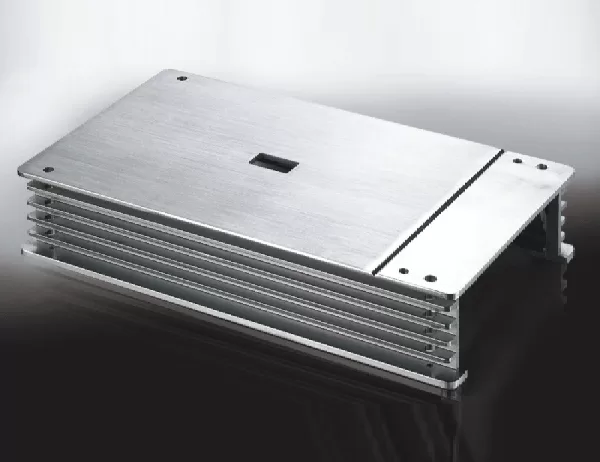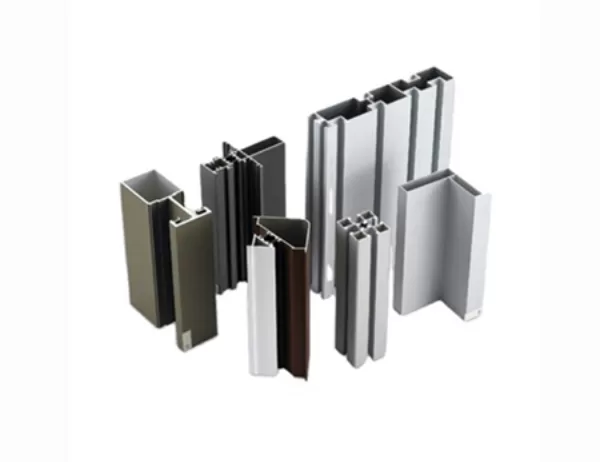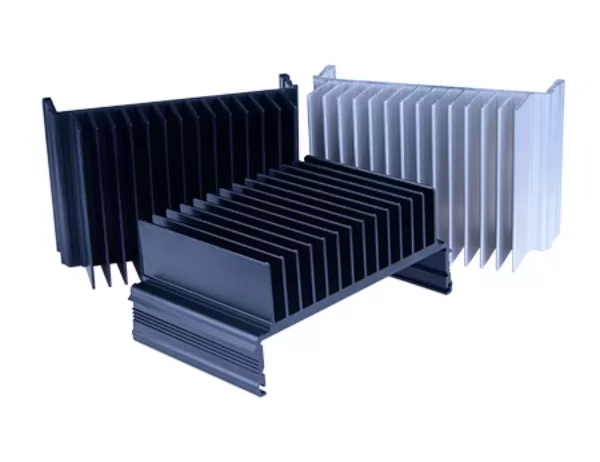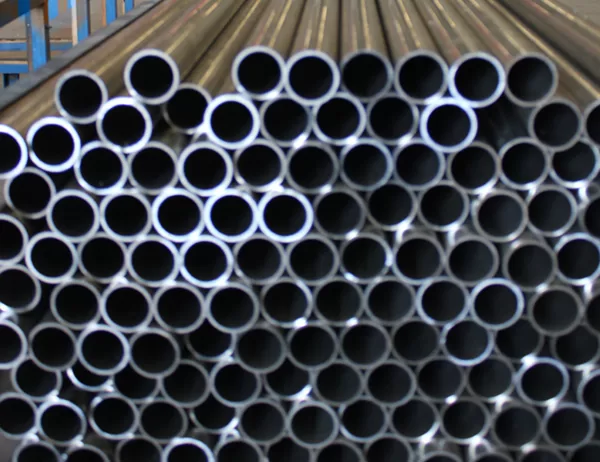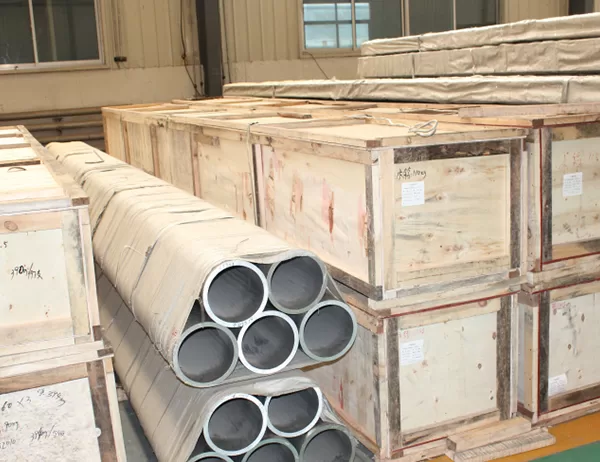The automotive industry is constantly evolving, with new technologies and materials being developed to improve vehicle performance and efficiency. One of the most significant recent developments has been the increased use of aluminum extrusions in automotive design. Aluminum extrusions offer a number of advantages over traditional materials, such as steel and iron, including reduced weight, increased strength, and improved corrosion resistance.
Material Properties
Aluminum extrusions are made from a variety of aluminum alloys, each with its own unique properties. The most common alloy used in automotive applications is 6061-T6, which offers a good combination of strength, ductility, and corrosion resistance. Other alloys, such as 7075-T6 and 2024-T3, are used for applications where higher strength or specific mechanical properties are required.
Design Considerations
The design of aluminum extrusions for automotive applications must take into account a number of factors, including the shape and size of the extrusion, the loads that it will be subjected to, and the environment in which it will be used. The shape of the extrusion is typically determined by the function it will perform, such as a structural member, a body panel, or a heat exchanger. The size of the extrusion is determined by the loads that it will be subjected to, and the environment in which it will be used determines the need for corrosion resistance.
Manufacturing Process
Aluminum extrusions are manufactured by a process called extrusion, in which molten aluminum is forced through a die to create a continuous profile. The die is designed to give the extrusion the desired shape and size. After extrusion, the extrusion is cooled, heat treated, and finished to the desired specifications.
Applications
Aluminum extrusions are used in a variety of automotive applications, including:
– Structural members: Aluminum extrusions are used to create structural members, such as beams, frames, and panels. These members are lightweight and strong, and they can be easily formed into complex shapes.
– Body panels: Aluminum extrusions are used to create body panels, such as hoods, doors, and fenders. These panels are lightweight and corrosion-resistant, and they can be easily painted or plated.
– Heat exchangers: Aluminum extrusions are used to create heat exchangers, such as radiators and condensers. These exchangers are lightweight and efficient, and they can be easily assembled into complex shapes.
Advantages of Aluminum Extrusions
Aluminum extrusions offer a number of advantages over traditional materials, such as steel and iron, including:
– Reduced weight: Aluminum extrusions are lightweight, which can help to reduce the overall weight of a vehicle. This can improve fuel efficiency and performance.
– Increased strength: Aluminum extrusions are strong, which makes them ideal for use in structural applications. They can withstand high loads without bending or breaking.
– Improved corrosion resistance: Aluminum extrusions are corrosion-resistant, which makes them ideal for use in harsh environments. They will not rust or corrode, even when exposed to water, salt, or chemicals.
– Design flexibility: Aluminum extrusions can be easily formed into complex shapes, which makes them ideal for use in a variety of applications. They can be used to create structural members, body panels, heat exchangers, and other components.
